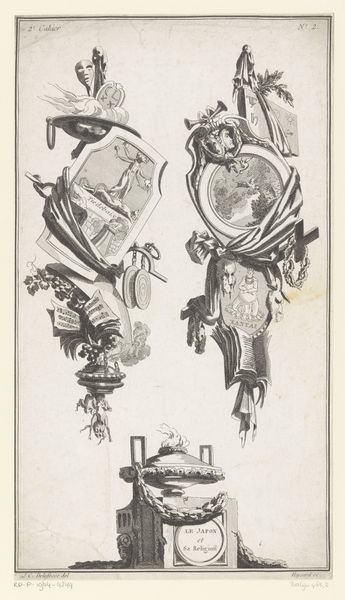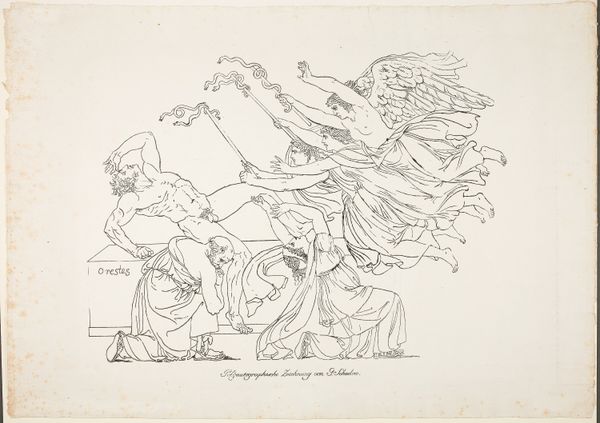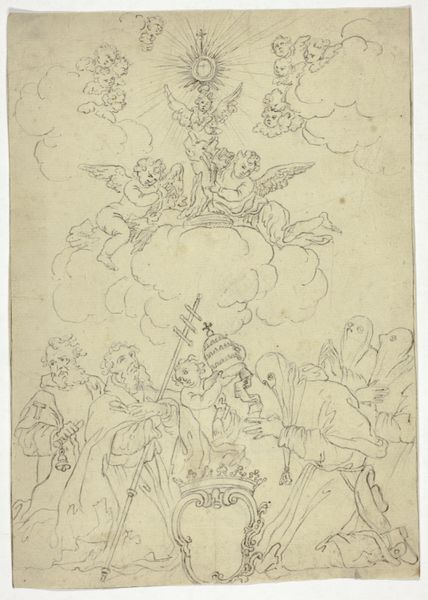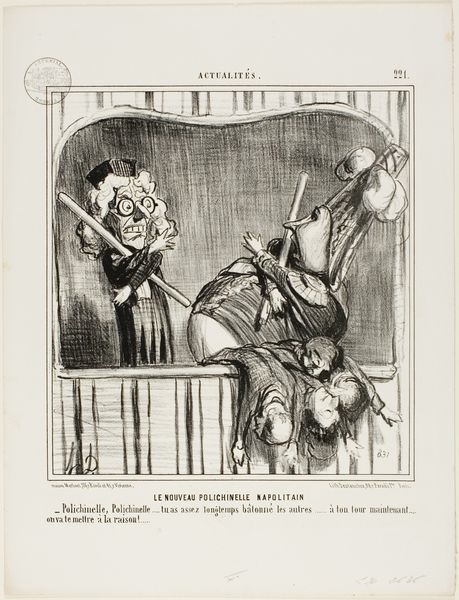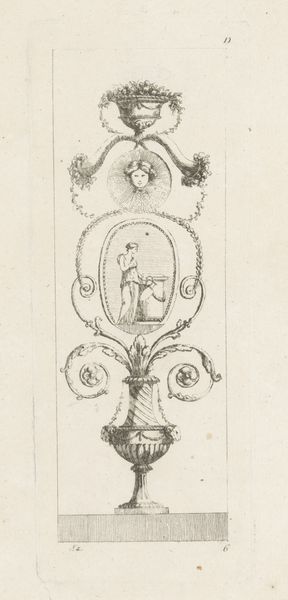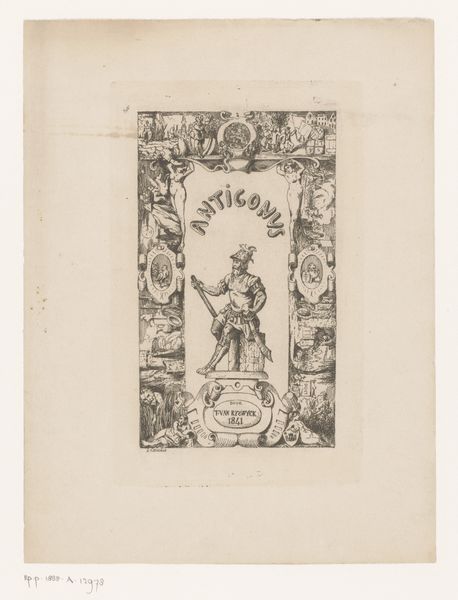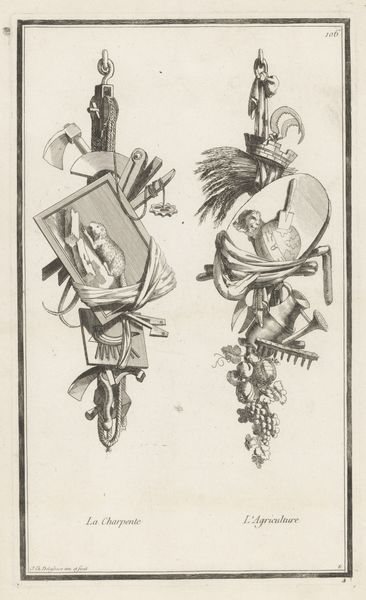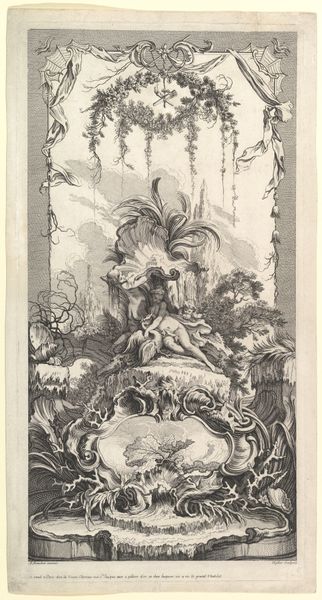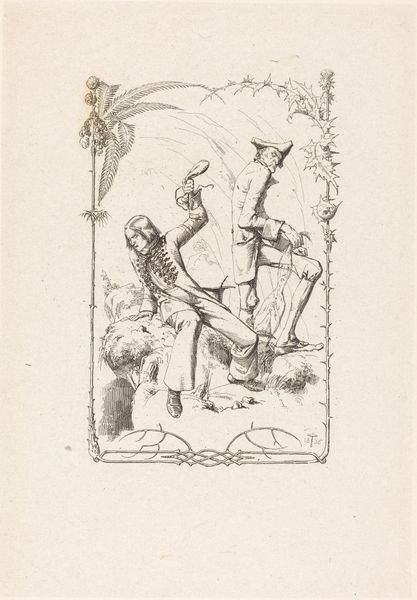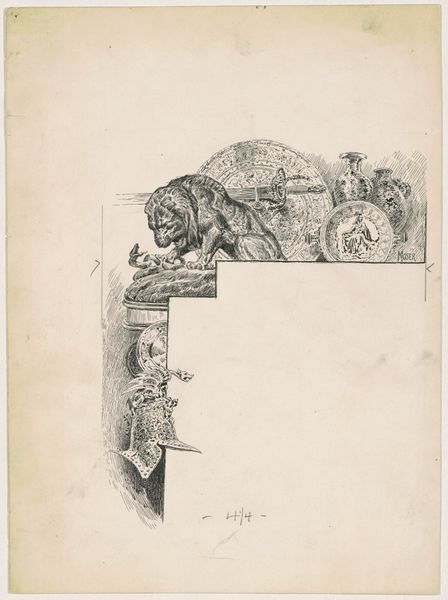
Bandontwerp voor: Knappert, Emilie C., Kijkjes in de plantenwereld, 1893 before 1893
0:00
0:00
willemwenckebach
Rijksmuseum
drawing, paper, ink
#
drawing
#
organic
#
art-nouveau
#
pen illustration
#
flower
#
paper
#
ink
#
line
Dimensions: height 259 mm, width 187 mm
Copyright: Rijks Museum: Open Domain
Curator: Here in the Rijksmuseum, we have a pen and ink drawing on paper by Willem Wenckebach, dating to before 1893. It’s titled, "Bandontwerp voor: Knappert, Emilie C., Kijkjes in de plantenwereld, 1893." Editor: It strikes me immediately as a whimsical illustration, with a curious, almost melancholy mood conjured by its delicate linework. Curator: Precisely. Wenckebach masterfully employs line to create a dynamic tension between the organic forms and geometric borders. The art nouveau stylization, with its flowing curves and detailed floral motifs, adheres closely to established artistic movements. The symbolism is pretty overt, I would say. Editor: It also makes me wonder about the artisanal production of books at this time, beyond just aesthetics. Consider the labor involved in creating the illustrations, transferring them to printing plates... This drawing isn't just about elegant forms. It also highlights a specific moment in print-making history. Curator: Of course, we cannot ignore that this artwork was intended as a book cover design. The pen and ink medium is very appropriate and translates wonderfully to print. It emphasizes line over tonal variations, as well, showcasing a kind of idealized formalism. Editor: True. And even within the medium, it raises interesting questions about the value assigned to artisanal vs. mass-produced items. Who was Emilie C. Knappert and her intended readership? Was this meant to be a luxury item, or something more widely accessible? The materiality leads us to questions of value and labor. Curator: These are essential considerations! By understanding this work within its formal elements and historical context, and engaging with art historical discourse, we gain valuable insights into the intellectual underpinnings of the artwork. Editor: Yes, that close observation certainly reveals details about both the object itself, and the conditions that brought it into existence. Food for thought, certainly.
Comments
No comments
Be the first to comment and join the conversation on the ultimate creative platform.


